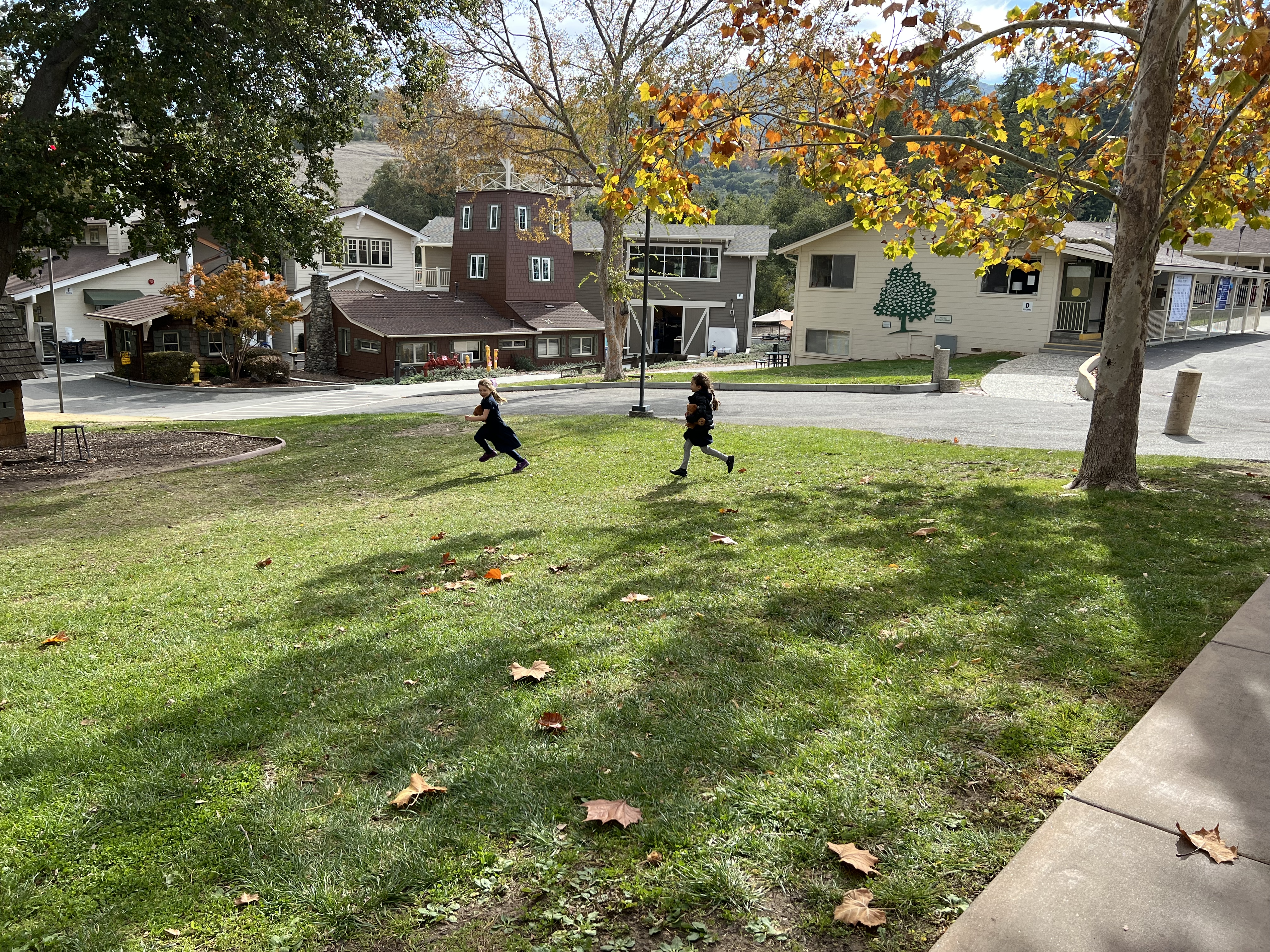By Jenn Gingery, 7th & 8th Grade History Teacher
Before spring break, our school assembly about the IRC (the International Rescue Committee), helped our entire student body understand that it was not just ancestors who were internationally displaced, but also young people from all walks of life. When asked to share their thoughts, here were some of our students’ thoughts:
“This was really important because some of us (students at Hillbrook) are exposed to other cultures and experiences more than others.”
“We need to know that there are still refugee camps in the twentieth century”
“This is real life. Some of us can forget what real life is like.”
The ability of our young learners to make connections to what we’re learning in class and what they see in the world around them is essential. Our 7th graders explore world geography, immerse themselves into different cultures, and learn more about religion around the world. Through the lively, thought-provoking, candid, and engaged storytelling, question-asking, and discussion that blossomed after each unit, our students learned that history is not just something to look back on and reflect on through the pages of a book or collections of photos, but it is actually happening here and now, everyday.
As our students connected their families’ personal journeys and stories to their lessons, we took special intention to support the diversity in our own student population. Our current students and their families represent many faiths, for instance – Jewish, Christian, Muslim, Sikh, Hindu, Buddhist, agnostic and others. When we learned about the ancient polytheist beliefs in the Middle East, then Judaism, Christianity and the origins of Islam in the middle ages, students first observed and then questioned, ‘Why was the Middle East so sacred to so many people and so many faiths over time?’ They then started to make ties about how modern dynamics of different religions and cultures co-existing in a space are affecting their lives today.
As they dove more deeply into the way in which ancient history as well as today’s happenings tell profound cultural stories, the students reflected on the ebbs and flows of their own ancestors’ experiences from around the world and throughout time. For instance, they shared stories about the conflicts their grandparents faced during times of great change, such as European experience during World War II or Indian and Pakistani experience during Partition. They reflected about the sacrifices their families made, like enduring family separation and property loss. Meanwhile, they also acknowledged the kindness of others across cultures and continents. Some of the more memorable stories featured a Christian neighbor who supported a Russian Jewish child, a Palestinian refugee who was able to seek asylum in Jordan before making her way to America, a grandfather who survived almost a decade in an Asian refugee camp before resettlement in Europe, a Polish immigrant who began a new life on the distant continent of Australia, and south Asian victim of religious persecution who was able to find safety in a neighboring country.
As we carried our studies around the world, our students started to weave America’s story into this global timeline. Students unpacked differences between terms such as refugee, immigrant and naturalized citizen. Several individuals shared what the green card meant, “It’s my LIFE!” offered one girl, reflecting on how challenging it was for her family to obtain and how it affected her personally. “My mother had a difficult pregnancy with me, and because she was able to get specialized medical treatment here in America, we both survived. She would not be alive if she had stayed in her home country.” “I have a green card too,” offered another girl who made connections about what it was like to attend schools in different countries. “I was helping my grandmother study for her citizenship test in another country last December,” shared a third individual. Another student was able to retrieve his expired card from his backpack when his family lived in overseas. From there, students discussed different types of visas, which precede green card eligibility. “My mom was helping a friend study for the exam last month and those questions were hard. My mom didn’t even know the answers to them!” Students of different races and nationalities were able to relate to shared experiences. The compassion of others who helped people’s’ transitions also resonated in the global microcosm of our classroom with twenty students and the history of ‘us’ unfolded through their narratives.
By learning to listen to – and value – the collective stories and the journeys of our school’s community members our students also learn cultural competency skills and ensure their own connections to our increasingly diverse world. Through their shared voices, as well as their collective efforts and donations, our students are determined to make a difference in their world while learning about history and each other.

